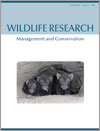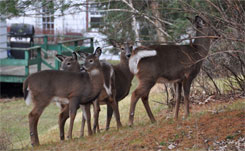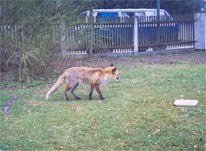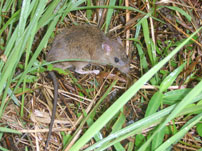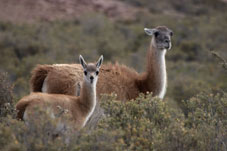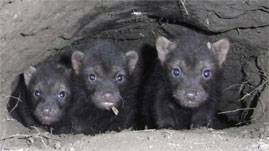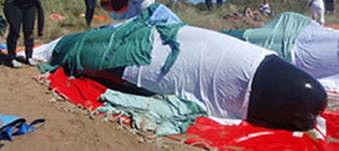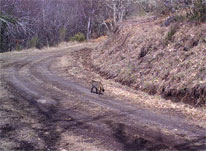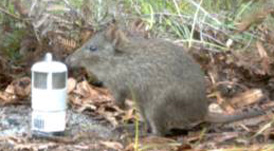WR11087Can correlated population trends among forest bird species be predicted by similarity in traits?
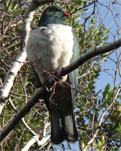
Few attempts have been made to test the assumption that multiple populations will respond similarly to management, despite many conservation decisions relying on it. We found evidence of correlated population trends within a forest bird community affected by introduced mammalian predators. However, correlations could not be predicted by similarity in birds’ ecological traits, limiting our ability to both predict correlated responses to management and to identify indicator taxa. Photograph by Joanne Hoare.


